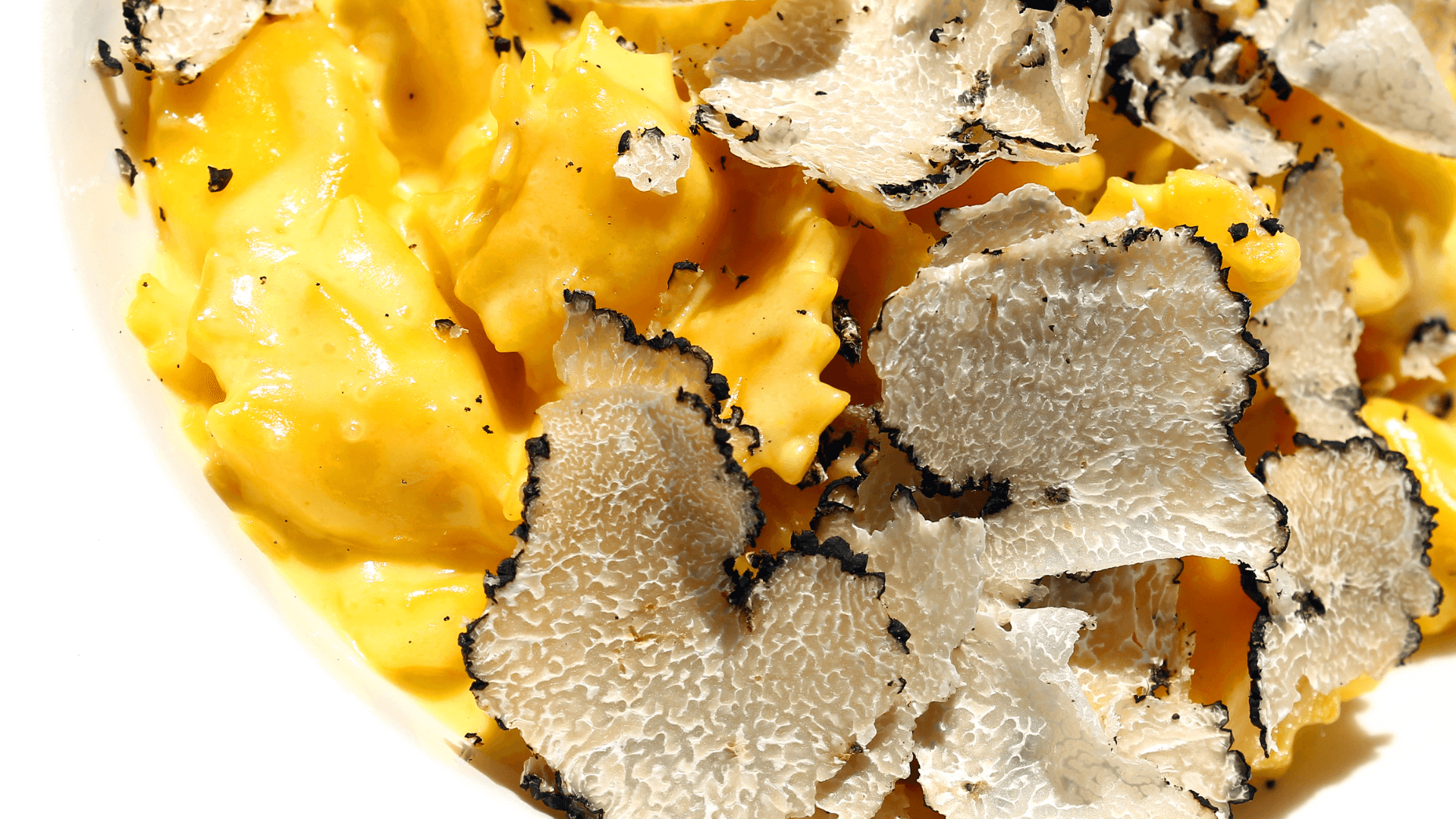Adored by many, and despised by some, truffles are probably one of the most polarising ingredients out there. These delicacies have been coined the “diamonds of gastronomy”, for both their unique flavour and eyebrow-raising price tags.
“But not all truffles are born equal, and as with any luxury industry, there are black markets, fraudulent deals, and cheap fakes.” – Caitlin Kennedy
With local truffle season on the horizon, here’s a guide to understanding this remarkable product.
A brief history of the truffle
Truffle appreciation is ancient and came with a good dose of mysticism. Desert truffles are thought to be the “manna from heaven” described in the Old Testament. The Khoi Khoi told tales of eggs laid by lightning birds during storms. There are records of truffles being served to Roman Emperors in the First Century and European royalty since the Dark Ages.
Interestingly, the truffle boom was closely linked to the phylloxera epidemic of the 1800s, which destroyed most of the grape vines in Europe. Desperate farmers turned to foraging truffles and gradually began to understand the relationship between truffles and trees. Production increased, to the point where they briefly became accessible to the middle class. However, after World War Two, many secrets of truffle cultivation were lost and natural habitats were destroyed. Since the 1980s, scientists have been rediscovering the forgotten arts of cultivating truffles, but they are still rare enough to remain highly coveted.
So, what is a truffle?
Basically, it’s a subterranean fungus.
Truffles all grow underground, and, with the exception of desert truffles, only in symbiosis with hardwood trees such as oaks. They are traditionally sniffed out by ‘trufflers’ – either pigs (who unfortunately are likely to consume a fair proportion of the crop), or trained dogs. Truffles are highly seasonal and very specific about the environment in which they grow. They begin to lose their pungent aroma the moment they are unearthed, and so have a very short shelf life – no more than five days for the most valuable varieties. All of these factors contribute to their hefty price as much as their unique flavour does.
View this post on Instagram
Truffles have a deeply earthy, nutty aroma, with hints of garlic. The volatile flavour compounds evaporate quickly once heated, so truffles are best served raw, thinly shaved over warm food.
They are the perfect winter ingredient, as they pair beautifully with rich creamy dishes, eggs, meat, mushrooms, and cheese.
Truffle varieties
Much of the confusion surrounding truffles is due to the multitude of species. However, only a few have that famously intense flavour. Paying attention to the time of year can help you to understand which truffle you are looking at, and whether it is worth the price.
White Piedmont Truffle (tuber magnatum) (RRRRR)
This is the most pungent truffle, found almost exclusively near Alba in Northern Italy, where the celebrated annual festival takes place. This variety has proved almost impossible to cultivate, and remains highly coveted. They have a relatively smooth, beige exterior, and a pale cream interior with white marbling. They are harvested between September and December (autumn).
Black Perigord or Winter Truffle (tuber melanosporum) (RRRR)
This is called the black diamond of the kitchen and is the second most expensive and aromatic variety. They are black inside and out, with a “warty” skin. They are harvested from November to March in Europe, but are now successfully grown in many parts of the world.
“South Africa has a flourishing industry that is at its peak between June and August.” – Caitlin Kennedy
View this post on Instagram
Black Summer Truffle (RR) and Burgundy Autumn Truffle (RRR) (tuber aestivum)
This species grown in different environments has resulted in two fairly distinct products. They are both slightly less aromatic than their winter counterpart. They have rough black skin with a beige or brown interior. They are harvested from May to August and September to December respectively.
Chinese Truffle (tuber indicum, sinensis, and himalayensis) (R)
Asian truffle varieties are unfortunately almost impossible to distinguish visually from Perigord Truffles. They are much less aromatic (sometimes almost flavourless), and also much cheaper. Their relative abundance has caused havoc in the truffle industry, but they do fulfill a demand for more affordable truffle products. They are available between November and April.
Kalahari Truffle (Kalaharituber pfeilii,terfezia pfeilii) (RR)
Desert truffles from Africa, the Mediterranean, and the Middle East are unrelated to the above ‘classic’ truffles, but share some flavour characteristics. Eating nabbas is an ancient Khoi-Khoi culinary tradition, which is happily being embraced by the local restaurant industry today. These highly nutritious fungi are comparable to potatoes in terms of texture, and have a mild nutty flavour with hints of asparagus. They can be eaten raw or cooked. They can be found from April to June, disappearing after the first frosts of winter.
Truffle Oil (R)
Sad to say, most people have never experienced the joy of a real truffle. Truffle oil is almost always synthetically flavoured, then dotted with a few pieces of a flavourless species to lend authenticity. Although it can be used successfully, the flavour is often overpowering and chemically. The real deal is much more subtle and intriguing.
South African truffle season
Keep a lookout from now until June in specialty food stores, markets, and restaurants for Kalahari truffles which are currently in season. This will be closely followed by proudly South African Perigord truffles from June until August, as the winter chills really set in. Locally grown truffles on menus? This seems like the perfect winter consolation prize and a good reason to brave the cold.



0 Comments